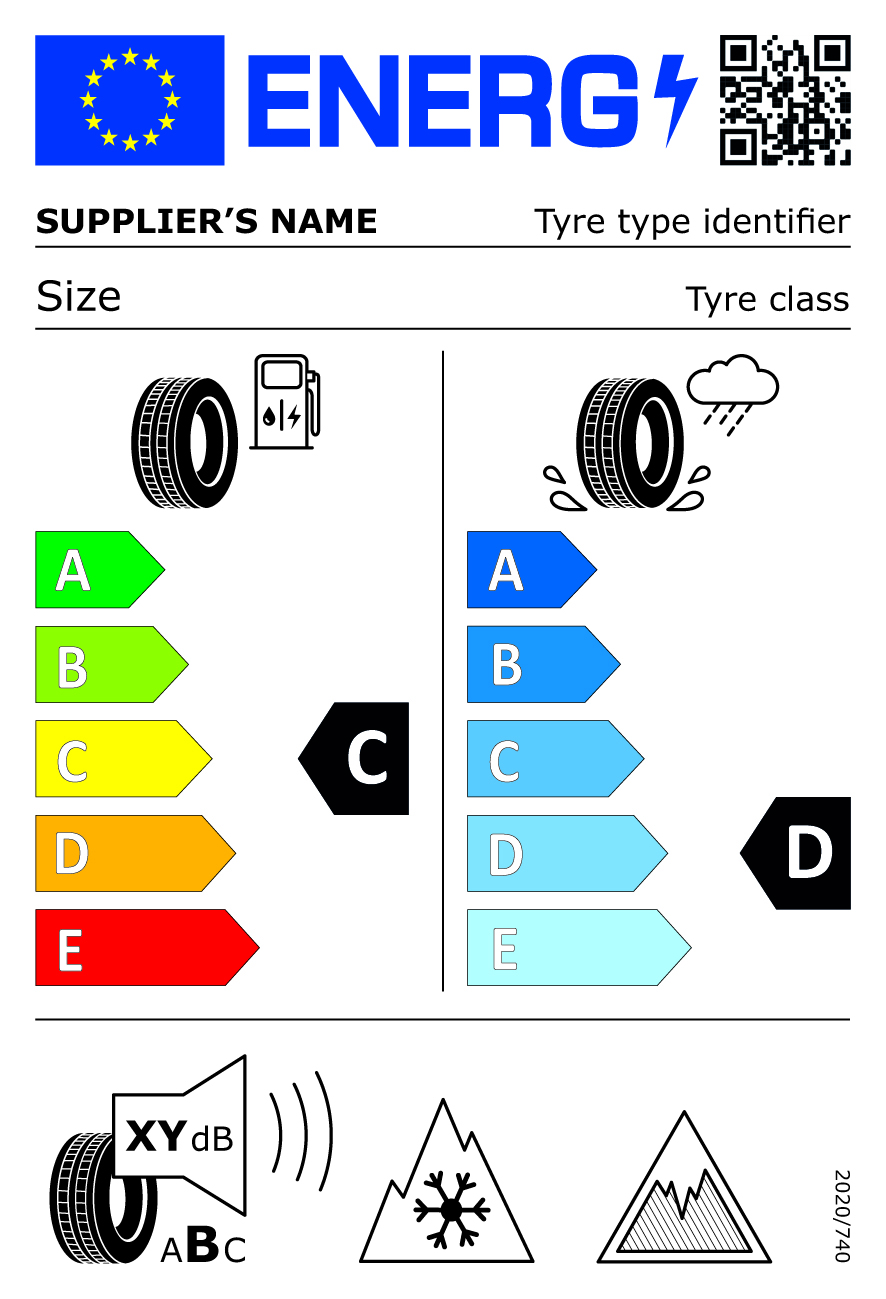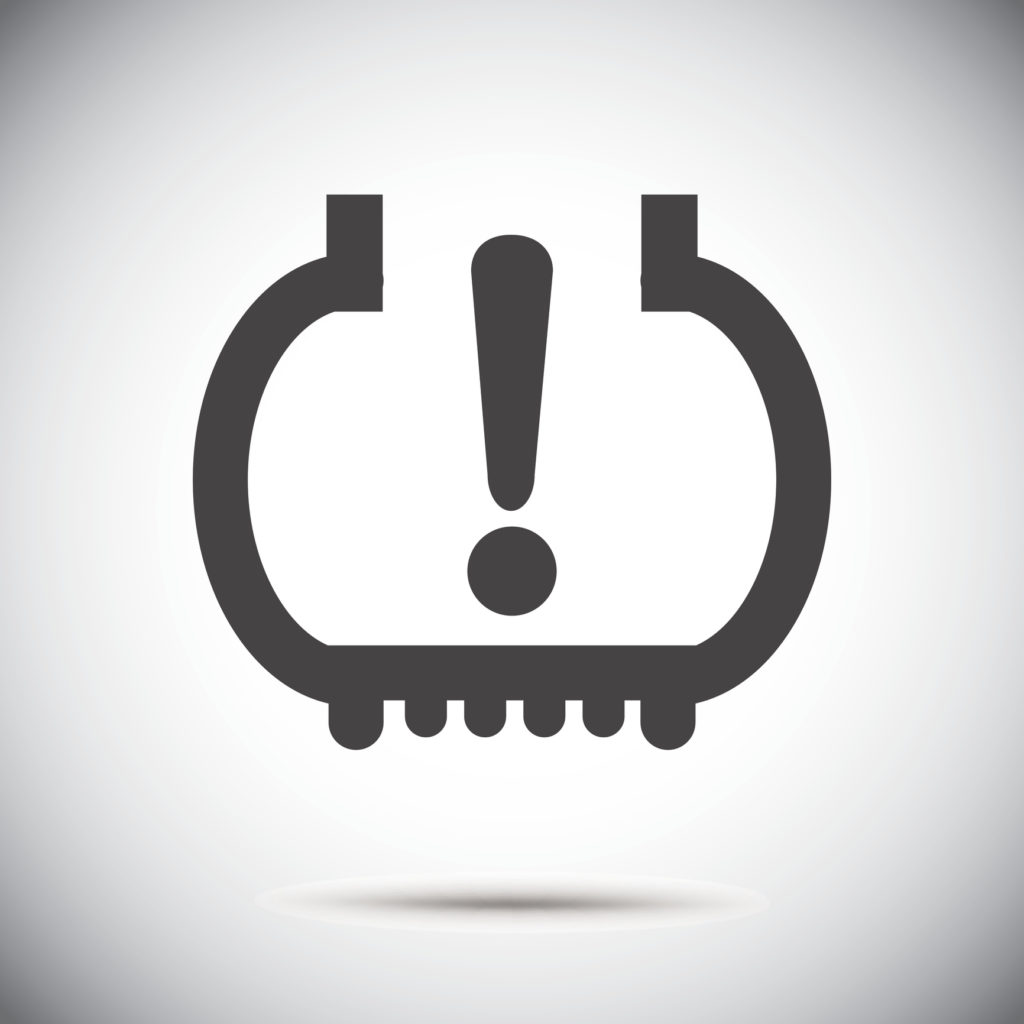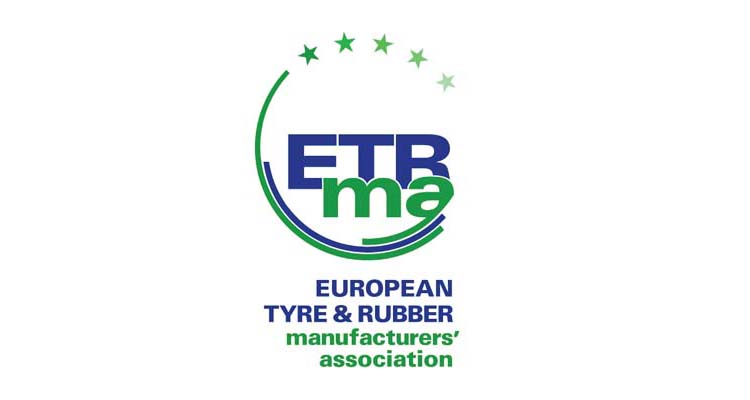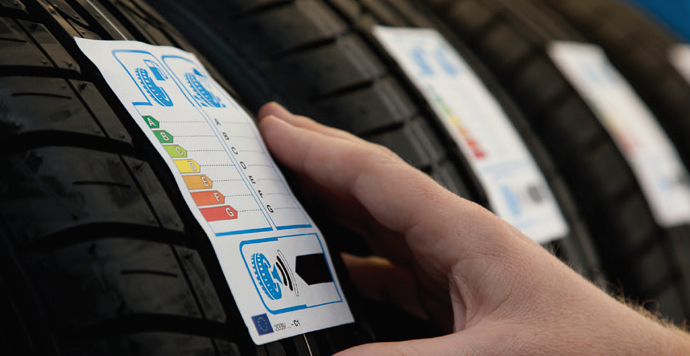Tyre Regulations
Tyre Labelling
The Tyre Labelling Regulation has been in place since 2012 and provides consumers across Europe with essential information on fuel efficiency, safety, and noise by detailing the tyres’ rolling resistance, wet grip, and external rolling noise. This labelling system provides consumers with transparent and objective information about the quality of the tyres they buy. As a result, they can make better informed choices taking into consideration their type of driving, the climate and road conditions they are likely to encounter.
For passenger cars and light commercial vehicle tyres, the information is available at point of sale on a sticker on the tyre or on a label accompanying the tyre. For all tyres, including heavy commercial vehicle tyres, the label information must also be included on the supplier’s web pages, brochures, technical promotional documentation of the manufacturer, price lists, and on or with the tyre invoice given to the buyer.
Further to the European Commission’s proposal in May 2018, in November 2019, the European Institutions reached a provisional agreement on the review of the European Tyre Labelling Regulation and the final Regulation (EU 2020/740) was published on 5 June 2020.
The agreed text will further increase consumer awareness of the tyre label and promote healthy competition between manufacturers. Key elements of this review include strengthening market surveillance and enforcement in Member States, supported by the introduction of a Product Information Database, which will strengthen the information chain between manufacturers and authorities. Due to this review, the very appearance of the label will change, introducing a QR code and logos indicating if the tyre is for use in snow/ice conditions.
More information on the agreed text towards the Review of the European Tyre Label can be found at this link.
The new Regulation will enter into force on 25 June 2020 and it will apply from 1 May 2021. Until then, the current tyre label remains in use.
To access the European Product Registry for Energy Labelling (EPREL) please click here.
The new Tyre Label
The European Union has committed to cut its greenhouse gas emissions by 90% by 2050 compared with the 1990 level.
Reducing CO2 emissions from road transport plays a major part in fulfilling these goals and choosing more fuel-efficient tyres can substantially contribute to reducing transport emissions.
In order to help consumers make informed decisions, the EU is introducing a new labelling scheme for tyres, which comes into force on May 1, 2021.
Thanks to the EU tyre label, EU consumers will be able to choose more fuel-efficient tyres, which can lead to great savings for both commercial and end users in terms of costs and emissions. Road safety is improved through better wet grip while information on noise levels help reduce traffic-related noise pollution.
What is new on the EU Tyre Label after May 1, 2021?
The new label includes the same three classification as before. However, the classes in wet grip and fuel efficiency are renewed to be similar to those of other household appliances. The empty classes are removed, and the scale is from A to E. In addition, there is a new way of marking noise class with letters from A to C, but the decibel level remains as earlier.
On the top of existing criteria, the new label introduces Snow Grip Marking as well as Ice Grip Marking. A tyre that is approved for severe snow conditions has the Snow Grip Marking, and a tyre that passes the international ice grip test method shows the Ice Grip Marking on their label.
The new label includes a QR code that can be scanned to see more information about the tyre in the European Product Registry for Energy Labelling (EPREL). The tyre label is also available for download and print out in EPREL.
Via the QR code displayed on the new EU tyre label, consumers will be able to access the corresponding tyre information and download the relevant information.
- Consumers will be able to search the product database for energy labels and product information sheets. Suppliers (manufacturers, importers or authorised representatives) need to register their tyres before selling them on the European market.
- Consumers will be able to access the EPREL database from 1st May 2021. The database will be accessible through a public web portal.
Be aware that from 1st May 2021 the previous label will coexist with the revised one, since the new label will be mandatory only for the new tyres placed in the market from 1st May 2021. There is no obligation to relabel tyres that have been placed on the market before 1 May 2021. However, from 1 December 2021, NO tyres in the scope of the Regulation 2020/740 may be placed on the market with the old tyre label, irrespective of the production date.
What do we aim to achieve with the revision of the tyre label?
Better road safety in specific conditions: With the addition of Snow and Ice Grip Markings, the consumer can take an informed decision also in winter conditions, with the additional choice for the driver in the Nordic countries, to buy tyres that are safer on those icy roads.
Lower emissions: The label aims to help the driver choose more fuel-efficient tyres, reducing the rolling noise emissions.
Easier access to information for the consumer: via the QR code that quickly allows the consumer to access the EPREL database (European Product Registry for Energy Labelling), all the tyres’ information will be available at a click.
If you want to know more, download our infographic about the revised EU Tyre Label.
Are you aware of the changes to the new tyre label?
Updated study “European Tyre labelling 2012-2020”
Since tyre labelling has been introduced in Europe, its biggest challenges have been the lack of market uptake of high-grade tyres and its enforcement.
The study carried out by Lizeo Group between 2012 and 2020, found that tyres rated A-A in both rolling resistance and wet grip are less than 1% of the market. This data is in line with what the European Commission found in its own assessment before the revised regulation was published. It appears that the tyre label is still a young tool and the market still has to fully appreciate the benefits brought by the use of tyres with the best combinations of rolling resistance (fuel efficiency) and wet grip performance (road safety).
The EU label is confronted with an evolving market: the overall market did not progress in terms of label over the years, but we have seen an increasing number of new brands in the market (+43%), in the budget segment. This is a clear indication that, still consumers continue choosing their tyres mainly on the basis of price.
Furthermore, it is apparent that there is still little appreciation of the fact that tyres are technologically complex products. Their development faces multiple sets of customer-oriented performance requirements, which often conflict with each other and require complicated engineering developments. For example, it is a huge technological success to be able to create high grade tyres both for fuel efficiency and safety.
Market surveillance is the cornerstone of an effective implementation. ETRMA supports all measures that strengthen market surveillance through sanctions and penalties, increase the visibility of the label – especially concerning distant selling – and introduce stronger obligations for Member States.
Type-Approval Requirements
Type approval is given to a product that meets a minimum set of regulatory, technical and safety requirements.
The UNECE 1958 Agreement plays a key role in attaining this objective since it allows manufacturers to operate to a common set of type-approval standards, in the knowledge that the product will be recognised by the contracting parties as being in conformity with their national legislation(s).
To be allowed on the market, tyres need to comply with the following regulations:
- Passenger car type approval regulation: UN ECE Regulation 30;
- Truck tyre type approval regulation: UN ECE Regulation 54;
- Motorcycle tyre type approval regulation: UN ECE Regulation 75;
- Agricultural Tyre type approval regulation: UN ECE Regulation 106.
The commonly called General Safety Regulation (EC-661/2009), adopted in 2009, harmonised at Community level technical requirements with regard to numerous safety and environmental elements in order to avoid requirements differing from one Member State to another.
The technical requirements set in this Regulation are established at UNECE Level by Regulation 117 and its successive amendments.
The General Safety Regulation had also the merit of recognising for the first time the importance of tyres in contributing to the reduction of CO2 emissions from transport, as well as to improve road safety.
This Regulation was reviewed in the course of 2018 and the new text ((EU) 2019/2144) was published on 27 November 2019, for implementation starting from 2022.
The new regulation text establishes requirements for the type-approval of vehicles, systems, components and separate technical units designed and constructed for vehicles, with regard to their general characteristics and safety, and to the protection of vehicle occupants and vulnerable road users.
The Review of this regulation has the merit of extending the obligation of fitting tyre pressure monitoring systems also on commercial vehicles, which was first introduced for passenger cars in the 2009 original Regulation.
Tyre specific measures from the agreed text are summarised at this link.
Tyre & Road traffic noise
The European tyre industry recognises the need to contribute to the reduction of noise pollution and is committed to work with all the key stakeholders to make this development a success.
Significant progress has already been made over the last 15 years by the tyre industry to reduce the rolling noise by up to 5dB, more than halving sound emissions.
Road traffic noise is caused by a combination of different elements and in particular of rolling noise (linked to the interactions between the tyre on the vehicle and the road surface) and propulsion noise (originating from the engine itself). When considering cars, in general, above certain speeds the noise generated by tyre-road interaction becomes more relevant.
To both secure effectiveness and market surveillance while properly driving the design, there is urgency to work on measurement uncertainty: the high majority (95%) of all measured values will be in the range of -2.3 dB to +2.3 dB (UNECE Task Force Measurement Uncertainty) around the true noise level of the tyre. Industry has initiated a concrete work plan to reduce significantly such uncertainty of tyre noise regulatory test methodologies. This will actually develop a better enforcement tool, allowing to remove from the roads those noisy tyres, which due to the test uncertainty, are currently in the market (ETRMA report Tyre & Road traffic noise, Where we should look for road traffic noise improvements, December 2021).
Furthermore, Industry underlines the importance of a holistic approach in effectively tackling traffic road noise, in the context of the balanced safety and environmental performances of vehicles to successfully contributing to the European Commission road safety Green Deal ambitions.
As already specified in April 2017 in the European Commission report “FUTURE BRIEF: Noise abatement approaches”, road surfaces can have a significant influence on the sound produced by vehicles travelling on them and the benefits of low noise tyres are positively enhanced when applied on noise-reducing road surfaces.
We believe that the road system could bring relevant value in a truly holistic approach to mitigating traffic road noise.
To learn more please click here.
Winter tyres obligations across Europe
The obligation to fit vehicles with winter tyres differ greatly across Europe as it depends on regulations established at national, or sometimes even regional, level.
EU legislation requires that winter tyres for use in severe snow conditions exhibit a minimum level of performance on snow for both braking and traction. If a tyre passes the respective test, it can be marked with the three-peak mountain snowflake symbol.
The map gives an overview of winter tyre regulations across Europe and it is regularly updated (last update July 2019).
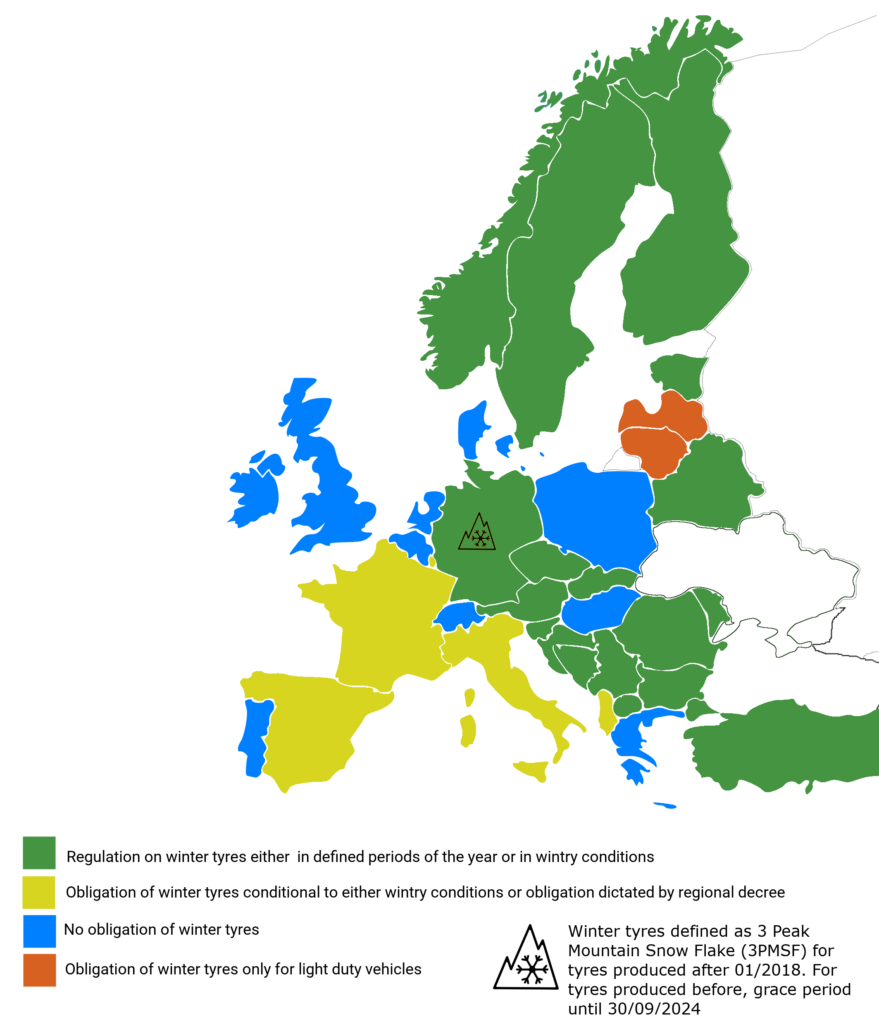
Retreaded Tyres
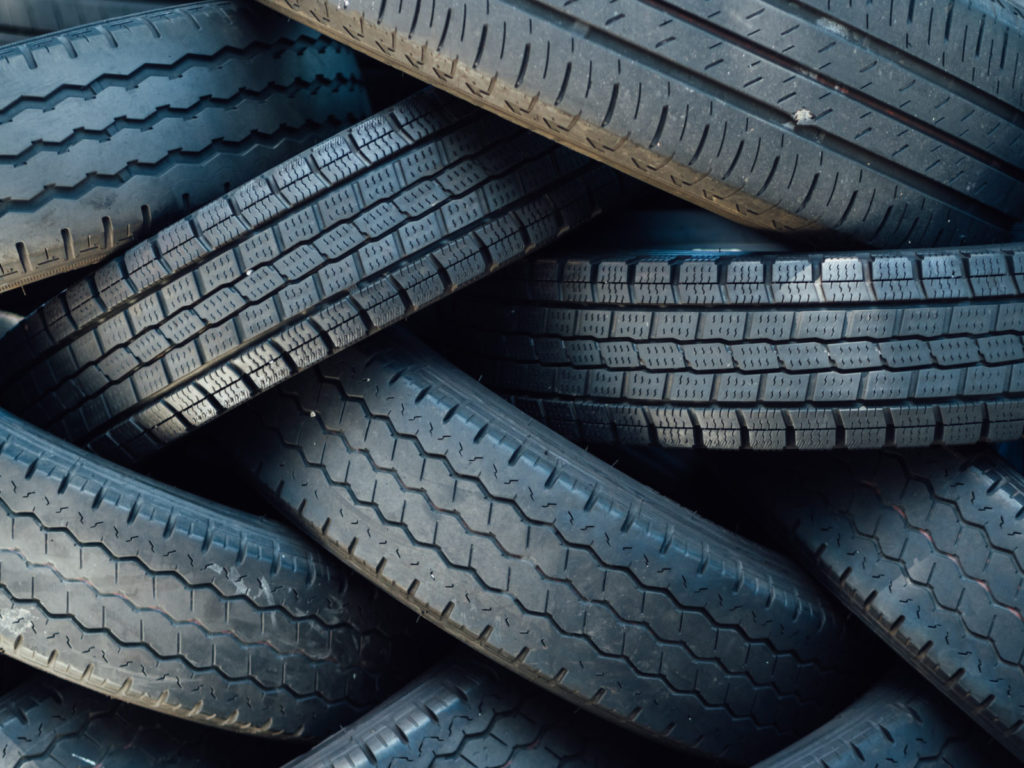
Retreaded tyres are tyres in which the worn-out tread is replaced with a new one.
These are Regulated in the EU through the Council Directive 89/459/EEC on the tread depth of tyres of certain categories of motor vehicles and their trailers; and through the Council of the European Union Decision enacting provisions of the United Nations Economic Commission for Europe (UNECE) Regulations 108 and 109, which set compulsory condition for the placing on the EU market of retreaded tyres.
Furthermore, in the future, the new tyre label (for which a provisional agreement was achieved in November 2019) will also cover the labelling of retreaded tyres.
In order to assess whether this is technically feasible, the European Tyre and Rim Technical Organization (ETRTO) has conducted and financed an extensive research program. Three experiments, using measurement methods based on Regulation 1222/2009 and standards for new tyres (EC 661/2009), have been organized in order to:
(1) Check the impact of the collected casing on the rolling resistance of the retreaded tyre,
(2) Check the impact of the manufacturing process on the rolling resistance, wet adherence and rolling sound emission of the retreaded tyre.
This document summarises the findings of these experiments, and includes all the data resulting from the measurements.
Tyre and Retread Industry support the intention of European Commission to establish a labelling for Commercial Vehicles retreaded C3 tyres, assuming that suitable measurement methods can be defined, as requested in EU regulation 2020/740.
ETRMA, ETRTO and BIPAVER have studied sustainable schemes allowing to label the C3 retreaded tyres and submitted the attached proposal to the European Commission in October 2022. See more in this document.
Vehicle Energy Consumption Calculation Tool (VECTO)
The Vehicle Energy Consumption Calculation Tool (VECTO) alongside the Monitoring and Reporting Regulation and the HDVs CO2 Standards are the major building blocks of the complex legislative framework on Heavy Duty Vehicles (HDVs).
The European tyre industry has played an essential role in shaping the VECTO simulation tool to guarantee its accuracy.
As of 1 January 2019, all new HDVs placed on the market will need to be accompanied by CO2 certificates including for original equipment tyres. ETRMA member companies have already started preparing to undergo these additional strict certification procedures in order to meet the tight deadlines. The certified rolling resistance coefficient will also need to be reported and included in a Central Register for Data on Heavy Duty Vehicles (as established in the Monitoring and Reporting Regulation), which will enable the creation of full market transparency on HDVs’ performances with regard to CO2 emissions and fuel consumption.
Market Surveillance
As shown above, tyres are the most regulated part of the vehicle and market surveillance is a key element to ensure the competitiveness of the European industry. It is essential to establish a level playing field, making sure that all the manufacturers play by the rules and compete on fair grounds.
With regard to the Tyre Labelling Regulation, ETRMA supported the market surveillance project TYRES 2015 (MSTyr15) launched in April 2016. The final report of this project was published in July 2019 and its work focussed on passenger car tyres, with the participation of fifteen market surveillance authorities from the EU and Turkey under the coordination of PROSAFE.
A total of 12.241 labels on C1 passenger car tyres were checked. Of the 2.888 tyres examined in web shops and 21.7% were non-compliant and 6.1% of those checked in tyre depts proved to be non-compliant.
The main non-conformities consisted of either the label not showing at all or having the wrong format. Of the 131 passenger car tyres were sampled and sent to be tested for Wet Grip (WG) and Rolling Resistance (RR), 3.8% were found to be non-compliant concerning WG, while 6.9% did not meet the requirements for RR. No tyres failed both WG and RR. Furthermore, 38% of the technical documentation checked were either incomplete or failed to be delivered on time.
This experience is limited to tyre labelling, but ETRMA has long been an advocate for better market surveillance activities, starting in 2010 when ETRMA launched two PAH-rich oil test campaigns, which have shown that about ten percent of imported tyres do not abide by EU rules.
In this context, ETRMA welcomed the adoption of new rules on Market Surveillance of Regulation 2018/858, which will apply across Europe from 2021 and which will concern tyre labelling as well as type approval.
